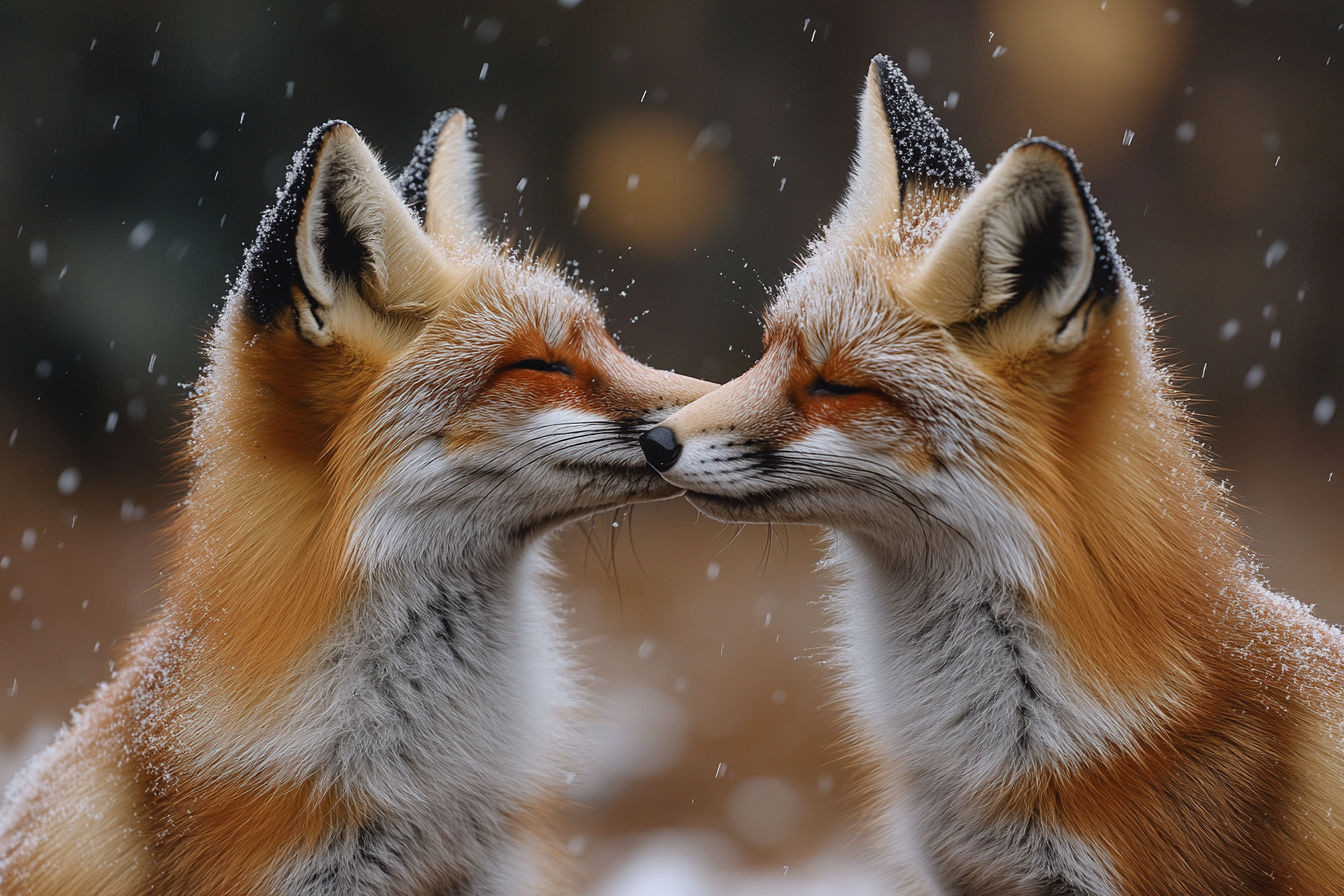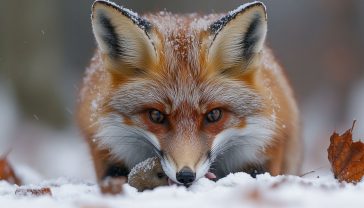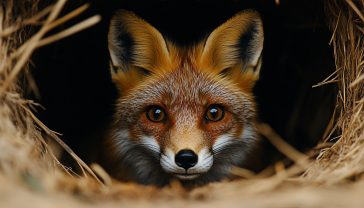When Do Foxes Mate? Understanding Their Breeding Season.
Ever wondered when foxes mate and how they prepare for it? Discover the timing, courtship behaviours, and what happens after mating season in this detailed guide.

This post may contain affiliate links. If you make a purchase through these links, we may earn a commission at no additional cost to you.
ver wondered when foxes choose to expand their families? Foxes, those elusive and clever creatures, follow a breeding schedule finely tuned to nature’s rhythms. Their mating season isn’t random—it’s a carefully timed event that ensures their young are born when survival odds are highest. So, when exactly do foxes mate, and what fascinating behaviours accompany this process? Let’s dive into the intriguing world of fox courtship, mating, and parenthood.
Timing Is Everything: Fox Mating Season
For most fox species, winter is mating season. This timing is no accident. By mating in the colder months, foxes ensure their kits arrive in spring—when food is plentiful, temperatures are milder, and survival chances soar. But does this pattern hold true for all foxes? Not quite. The timing varies depending on the species and where they live. Let’s break it down:
Red Foxes (Vulpes vulpes): The Adaptable Opportunists
The most widespread fox species, red foxes, typically mate between December and February. Their kits are born in March or April, perfectly timed with spring’s bounty. With increased prey availability and warmer weather, these conditions give newborn kits the best possible start.
Arctic Foxes (Vulpes lagopus): Masters of the Tundra
Facing the harsh tundra climate, Arctic foxes delay mating until March or April. Why the wait? They synchronise birth with the brief Arctic summer, ensuring kits are born in May or June—just in time for a fleeting period of abundant resources before winter’s swift return.
Fennec Foxes (Vulpes zerda): Survivors of the Sands
Living in desert regions, Fennec foxes also favour a winter breeding season, mating from January to February. Their kits, born in March or April, arrive during the most stable desert conditions, enhancing survival odds in this challenging environment.
Grey Foxes (Urocyon cinereoargenteus): Forest-Dwelling Climbers
In North and Central America, grey foxes mate between January and March, with births occurring in April or May. Spring’s abundant prey ensures these kits have access to the nourishment they need to thrive.
Love in the Wild: Fox Courtship Behaviours
Fox romance isn’t just about timing; it’s also about connection. During the mating season, foxes engage in a range of courtship behaviours designed to bond pairs and ensure successful reproduction. These rituals are as captivating as they are crucial.
1. The Haunting Fox Scream
Have you ever heard a chilling scream in the night? It might just be a fox. Female foxes (vixens) emit a high-pitched scream to attract males, while males respond with shorter, less intense calls. These eerie sounds, often mistaken for human screams, play a vital role in fox matchmaking.
2. Scent Marking: Nature’s Love Letters
Foxes possess scent glands near their tails, which they use for scent marking. By leaving their unique scent on trees, rocks, and territory boundaries, foxes communicate their presence and readiness to mate. During mating season, this behaviour intensifies—think of it as nature’s version of swiping right.
3. Playful Pursuits and Physical Displays
Courtship typically involves playful chasing, nipping, and other physical displays. These behaviours strengthen the bond between mating pairs, laying the groundwork for successful reproduction and co-parenting.
The Journey from Mating to Motherhood: Gestation and Birth
After mating, foxes experience a gestation period lasting 49 to 55 days, depending on the species. Here’s what happens next:
- Red Foxes: Kits arrive between March and April, with litters typically numbering 4 to 6 kits.
- Arctic Foxes: Birth occurs in May or June, with mothers racing against time to prepare their kits for the looming Arctic winter.
- Fennec Foxes: Desert-born kits appear in March or April, usually 2 to 5 per litter.
- Grey Foxes: Kits are born in April or May, following a gestation period of around 53 days.
Raising the Next Generation: The Early Life of Fox Kits
Fox kits are born blind and helpless, entirely reliant on their mother’s care. But parenting is a team effort. The male fox (dog) plays a vital role by providing food while the mother remains with the young.
Key Development Milestones:
- 10–14 Days: Kits open their eyes and begin exploring.
- 4–6 Weeks: Weaning begins; kits start eating solid food.
- 3–4 Months: Young foxes join their parents on hunting trips, mastering survival skills.
- Autumn: Kits disperse, claiming territories and preparing for the next breeding season.
Why Timing Matters: The Science Behind Fox Mating Seasons
What’s the big deal about mating in winter and giving birth in spring? The answer lies in resource availability and climatic conditions. Spring offers an abundance of prey and milder weather, both essential for the survival of vulnerable kits.
But there’s more—species like Arctic foxes adapt their breeding schedule to extreme environments, proving nature’s incredible ability to fine-tune life cycles for survival. Isn’t it fascinating how these intelligent creatures have mastered the art of timing?
Conclusion: The Perfect Timing of Fox Family Life
So, when do foxes mate? In essence, winter is prime time for fox romance, with species-specific variations ensuring kits are born when conditions are most favourable. From haunting screams in the night to playful courtship rituals and devoted parenting, foxes exhibit a fascinating blend of instinct and intelligence throughout their breeding season.
Next time you hear a fox’s eerie call echoing through the night, remember—it’s not just a sound. It’s a signal of nature’s perfectly timed cycle of life, love, and survival.






